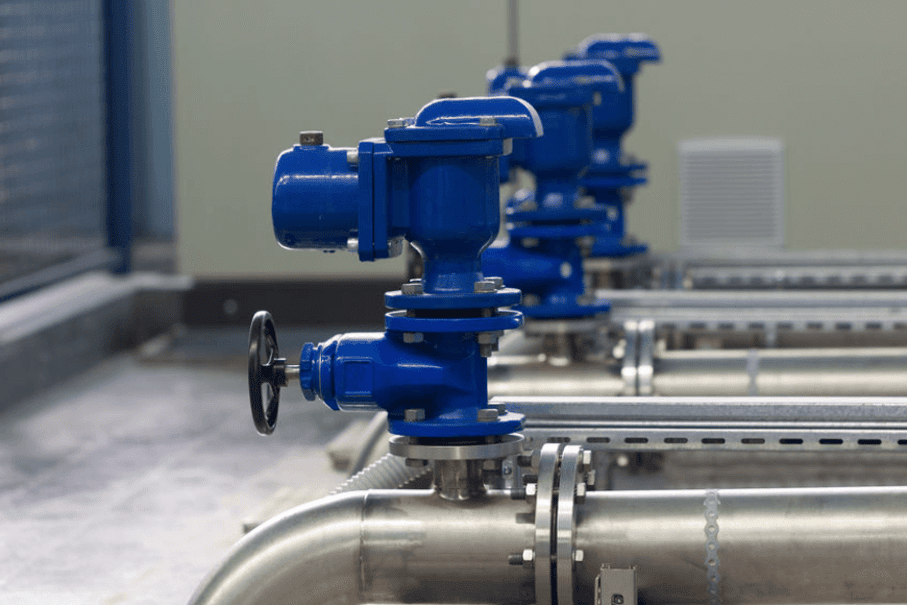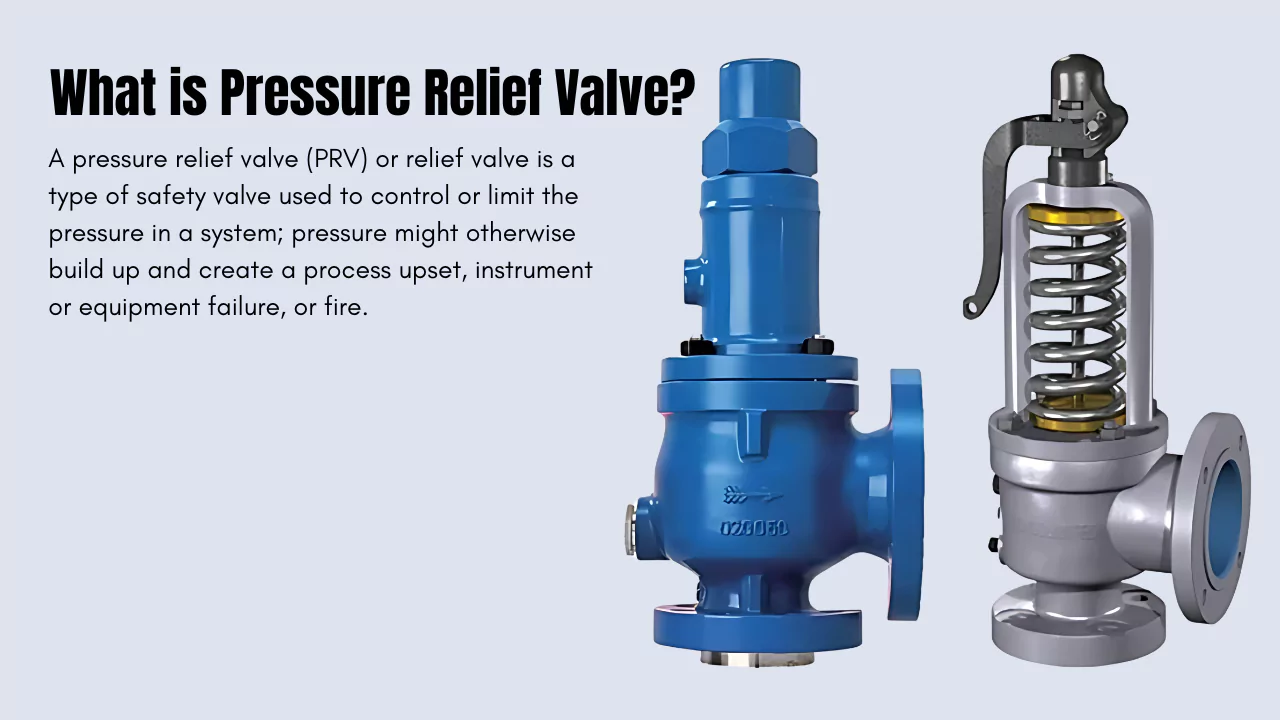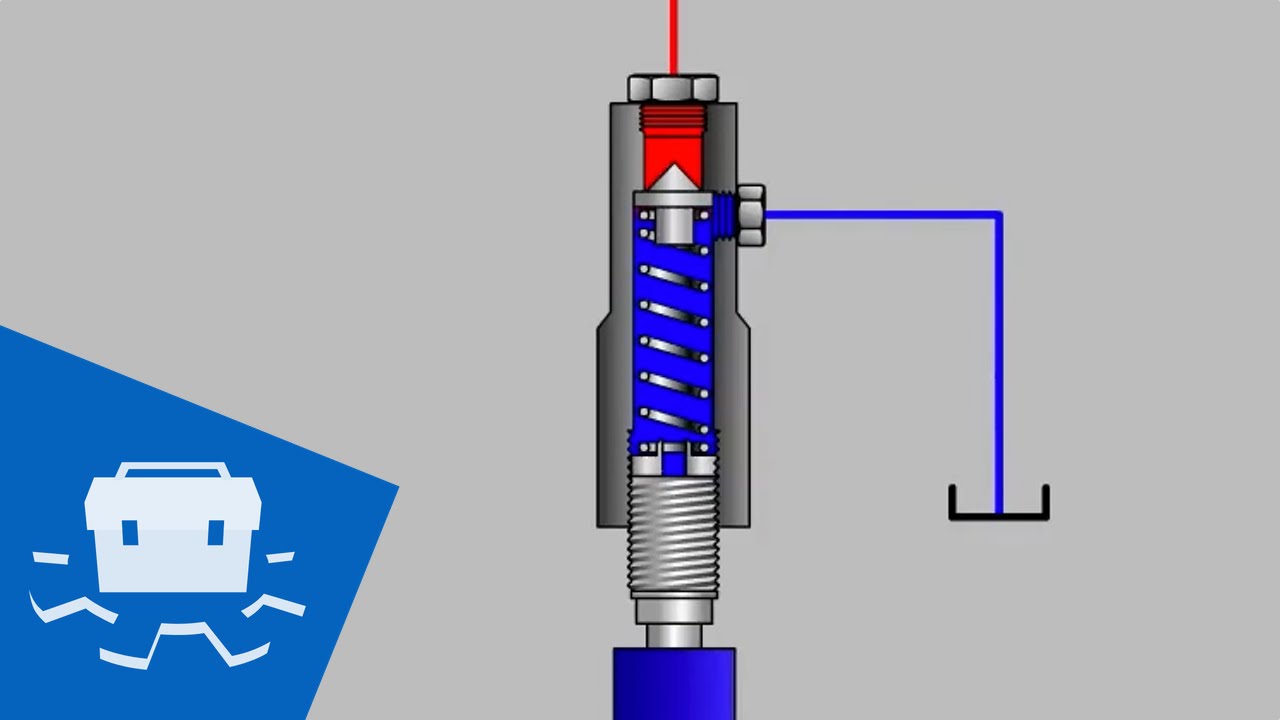Pressure Relief Valves (PRVs) are critical components in various industrial applications. These devices ensure safety by releasing pressure from equipment when it reaches unsafe levels. One of the key aspects of PRV functionality is its operating temperature limits. Understanding these limits is crucial for industrial engineers to maintain the efficiency and safety of their systems.

What Are PRV Operating Temperature Limits?
The PRV operating temperature limits refer to the range of temperatures within which a pressure relief valve can function effectively. These limits ensure that the valve operates correctly without risk of failure due to temperature extremes.
The Importance of Temperature Limits
Temperature limits are vital because they directly affect the materials used in the valve’s construction. If a PRV is exposed to temperatures outside its designed range, it may not function correctly, leading to potential safety hazards.
Factors Influencing PRV Temperature Limits
Several factors influence the PRV operating temperature limits, including the materials used in its construction, the design of the valve, and the specific industrial application. For example, valves used in steam applications may have different temperature limits compared to those used in oil and gas.
Materials and PRV Temperature Limits
The choice of materials plays a significant role in determining a PRV’s temperature limits. Common materials include stainless steel, brass, and bronze, each offering different levels of temperature resistance.
Stainless Steel Valves
Stainless steel is known for its high-temperature resistance, making it a popular choice for many industrial applications. These valves typically have higher temperature limits compared to those made from other materials.
Brass and Bronze Valves
Brass and bronze valves are suitable for applications involving lower temperatures. They are often used in water and air systems where temperature extremes are not a concern.
Design Considerations for PRV Temperature Limits
The design of a PRV also affects its temperature limits. Factors such as the size of the valve, the type of spring used, and the overall construction all contribute to its ability to withstand various temperatures.
Spring Design
The spring inside a PRV is crucial for its operation. Springs must be designed to function within the specified temperature range to ensure the valve opens and closes correctly.
Valve Size and Construction
Larger valves may handle different temperature ranges compared to smaller ones. The construction of the valve, including its seals and joints, must also be designed to withstand the specified temperature limits.
PRV Applications and Temperature Limits
Different industrial applications require PRVs with specific temperature limits. Understanding these applications helps in selecting the right PRV for the job.
Steam Applications
In steam applications, PRVs must withstand high temperatures. Stainless steel valves are often preferred for these environments due to their durability and heat resistance.
Oil and Gas
The oil and gas industry demands PRVs that can handle both high temperatures and corrosive environments. Valves used in these settings must be constructed from materials that offer both temperature resistance and corrosion protection.
Maintaining PRV Temperature Limits
Proper maintenance is essential to ensure a PRV operates within its temperature limits. Regular inspections and testing are crucial to identify potential issues before they lead to failure.
Regular Inspections
Inspections should focus on checking for signs of wear and tear, corrosion, and any other factors that could affect the valve’s performance.
Testing PRVs
Regular testing ensures that a PRV functions correctly and remains within its designated temperature limits. Testing procedures vary depending on the application and the type of PRV used.
Challenges in Maintaining PRV Temperature Limits
Several challenges can arise when maintaining PRV temperature limits. These challenges must be addressed to ensure the safety and efficiency of industrial systems.
Environmental Factors
Environmental conditions, such as extreme weather, can affect a PRV’s ability to maintain its temperature limits. Protective measures may be necessary to safeguard the valve.
Material Degradation
Over time, materials can degrade, affecting a PRV’s temperature limits. Regular maintenance and material testing can help mitigate this issue.
Conclusion
Understanding and maintaining PRV operating temperature limits is critical for industrial engineers. By selecting the right materials, designing valves appropriately, and performing regular maintenance, engineers can ensure that PRVs function safely and efficiently within their designated temperature ranges.

FAQ
What is the significance of PRV temperature limits?
PRV temperature limits are crucial for ensuring the safety and efficiency of industrial systems. They determine the temperatures within which the valve can operate effectively without risk of failure.
How do materials affect PRV temperature limits?
The materials used in a PRV’s construction significantly impact its temperature limits. Different materials offer varying levels of temperature resistance, with stainless steel providing high-temperature durability.
Why is regular maintenance important for PRVs?
Regular maintenance is essential to ensure that PRVs operate within their temperature limits. It helps identify potential issues before they lead to valve failure.
For further details on valve pressure settings, safety valves, and relief valve materials, explore these resources.
This article contains affiliate links. We may earn a commission at no extra cost to you.



